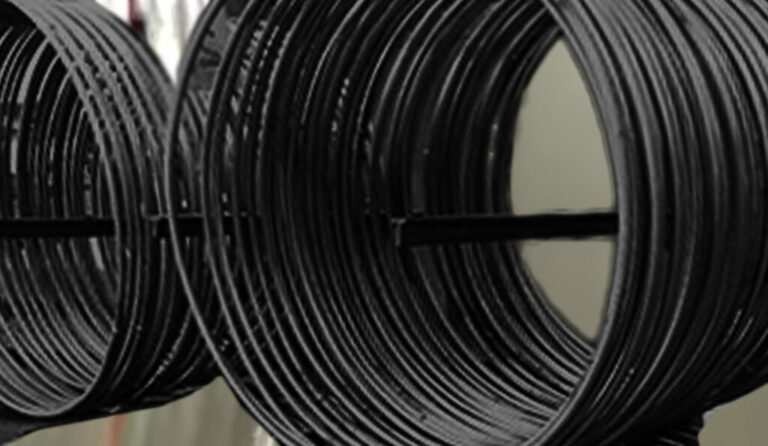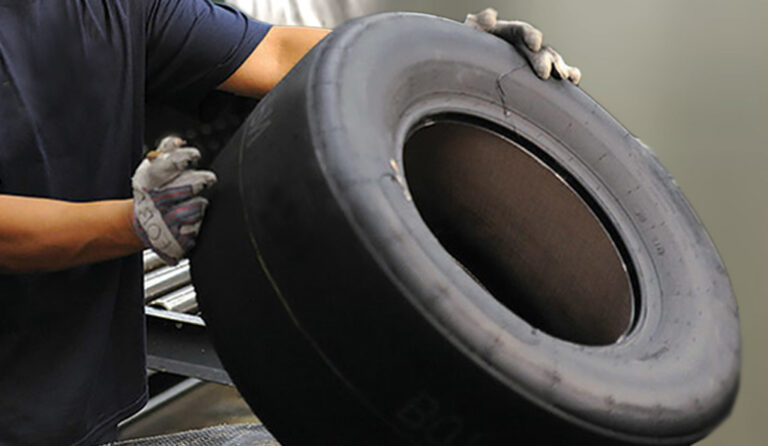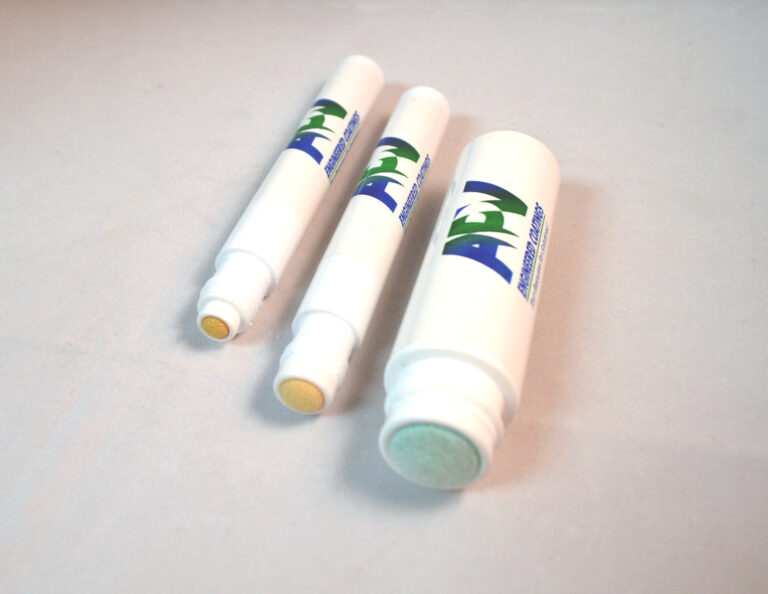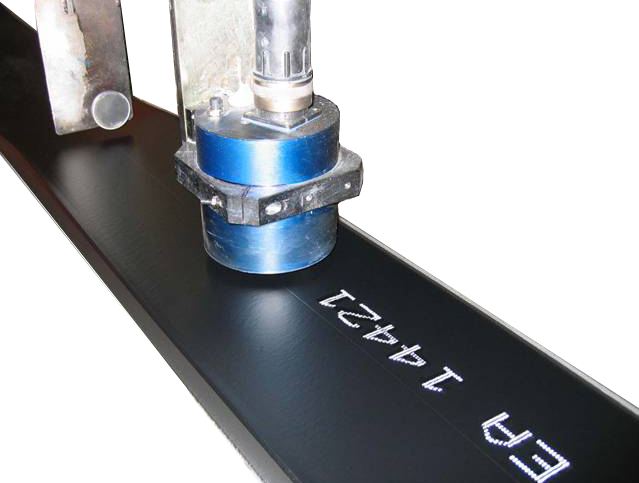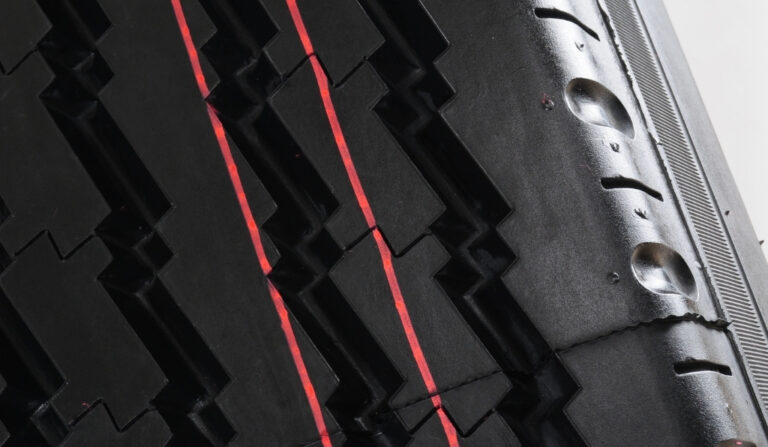From unique rubber compounds to varying tread patterns, tire producers focus on a number of areas on the tire to set themselves apart and perfect the look of the finished tire. Although not a primary focus of tire designers, the brightly colored identification marks around the tread play a key role in tire building as well as the aesthetics of the finished product. APV Engineered Coatings has been developing and commercializing vibrant, long-lasting stripes for decades by optimizing the ink formulation and application equipment for tire makers and can attest to the importance of engineering the perfect tread stripe.
The Formulation
Tire makers have found that some consumers will correlate a fresh new tire with the vibrancy and completeness of the tread stripe. Regardless of whether a tire has passed inspection; it can provoke the inclination that it lacks quality if the stripe appears faded, has been removed, or contains any imperfections. APV addresses this consumer concern and meets the tire companies practical requirements for tread striping with an industry-proven line of inks, which remain vibrant for an extended period of time, adhere to the rubber compound, cure under a variety of drying conditions, and meet EPA restrictions on solvents and VOCs. The ink chemistry is a unique formulation that is offered in two water-based versions, based on viscosity. Depending on the application equipment being used to apply the stripe, APV determines the appropriate ink system for the tire maker.
The Application
Chemistry is not the only component of a perfect tire stripe; the application equipment is also critical to stripe aesthetics and life-cycle. This is the reasoning behind the APV’s newly formed team of engineers who design and install customized equipment for individual tire facilities. This engineering team has not only proven to be a unique selling advantage for APV, but also its foundation for successfully striping millions of tires per day throughout the world.
“Not all tire makers apply stripes in the same manner, so we’ve designed different systems to accommodate variables, such as: the volume of tires produced, the number of stripes and colors applied to each tire, just to name a couple,” says Matthew Logan, Engineering Manager at APV. “We can’t successfully apply [tread] stripes without customizing the equipment for each customer.”
APV offers three base striping systems: the Beugler® Wheel system, the Gravity Feed System, and the Pressurized Capillary System. Each system is custom-designed to meet the needs of the individual production facility, whether engineering for the degree of automation required or number of stripes/colors applied.

With the Beugler® Wheel System, a quart-sized bottle of tread striping ink is outfitted with a special cap paired with a pitched or toothed wheel. The bottle is placed upside down in a custom holder, placing the wheel against the tread. As the tread moves on the conveyer belt, the wheel rotates, transferring the ink evenly onto the tread. The Beugler® caps and wheels are designed in a variety of sizes and pitches to allow different striping widths and transfer amounts.
APV’s Gravity Feed Striping System consists of a multi-bottle unit, specialized gravity feed caps, tubing, and a control panel. The ink cap is fitted to the tubing, which is attached to a specific gauge syringe needle. The needle is secured into place on the tread compound by a uniquely designed holder. Gravity supplies the ink to the needle, and a pre-designated amount is applied to the surface, allowing a regulated flow rate. As the tread moves on the conveyor, the ink is applied. The control panel is semi-automatic and easy to operate.
The Pressurized Capillary System is ideal for production lines that produce a large volume of tire stripes per day. The system consists of ASME pressure tanks, a custom engineered air pressure manifold, a specialized ink pressure manifold, and a control panel. Striping ink is stored and agitated in the ta
nks and an air pressure manifold sends the ink through the capillary tubing to the ink manifold. The ink is then fed to the needle and transferred to the tread in a similar manner as the Gravity Feed System. Each color in the system is independently controlled by an extra sensitive regulator to increase or decrease pressure, which determines the flow rate of the ink.
The Future in Tread Striping
APV is continuing its strategic focus on optimizing the striping ink formulation with its customized equipment to achieve the perfect stripe. The equipment engineering team continues to improve tread striping areas of production, resulting in reduced scrap for tire companies, a lower VOC emitting process, and improved tire aesthetics.
